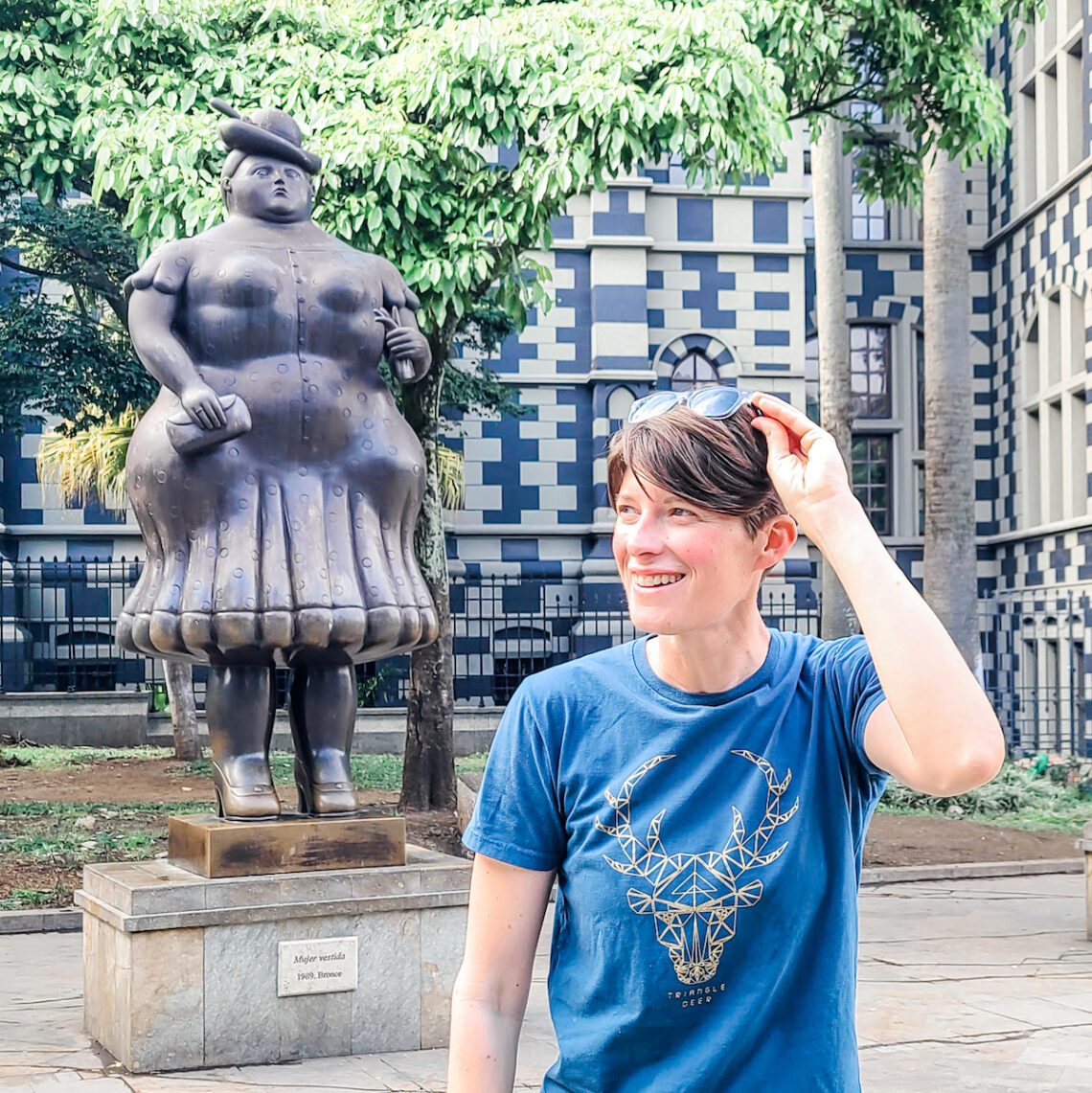
Honest Thoughts After a Month in Medellin (and What it Costs)
Medellin is a city that has been on our bucket list for a really long time. We knew that whenever we finally got to South America, Medellin had to be on the itinerary.
It’s supposed to be a very exciting city, a dynamic city — one that’s seen a lot of turmoil and come out the other side. We also knew that it’s a favourite among digital nomads looking for a low-cost lifestyle with an abundance of stylish cafes and co-working spaces.
And, honestly, that was the extent of our knowledge when we arrived.
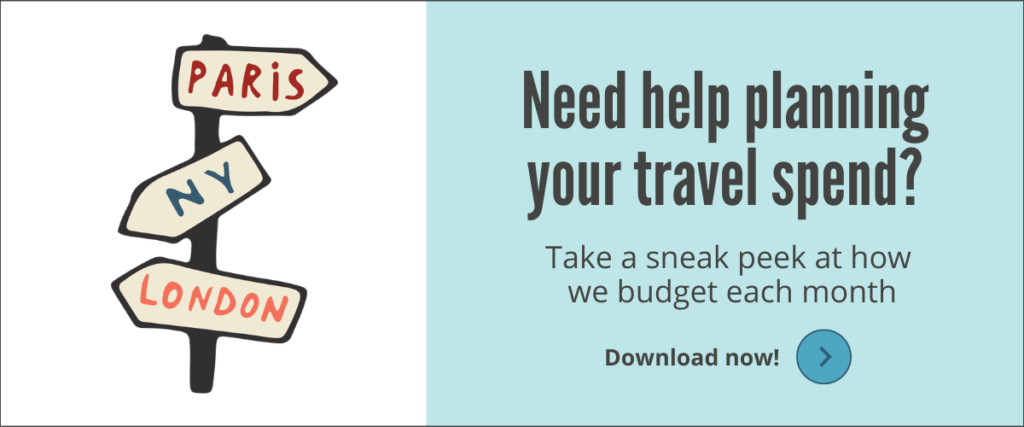
Now that our month in Medellin has come to an end, we’re sharing our usual highlights reel: what we did, where we stayed, what we ate and, of course, how much it all cost.
We’re also giving our totally honest, unfiltered opinion: Was Medellin everything we hoped for — nice condos, scenic vistas, great restaurants– or were the crowds and the income disparity a little too much for us? Did we feel safe? Did we feel comfortable? Did we ever make it out of the tourist bubble?
To tackle those last questions, we didn’t quite feel safe enough to do our usual independent exploring. Instead we did tours, a lot of tours.
First, we got an overview of Medellin’s history and key sights through a walking tour of the city’s core. As the tour began, we were warned repeatedly to keep an eye on our belongings. And as we made our way through the crowded downtown streets to Plaza Botero, that advice certainly made sense. Amongst the wonderful sculptures by Fernando Botero was an extremely lively street scene of vendors, sex workers, tourists and a wide range of people hustling to make a living.
Next we joined the hordes of tourists wandering through Communa 13, the neighbourhood that is Medellin’s poster child for social transformation.
Communa 13 was the scene of great violence during the rise of the drug industry in the 1980s and 90s but has since become a family-friendly tourist attraction complete with break dancers, food vendors and a festive atmosphere. In fact, it was so family friendly that we peeled away from our tour group to explore it on our own.
The final tour was an introduction to classic Colombian dishes in our own neighbourhood of Laureles. While I love food tours, Gillian is a little harder to convince. But once I showed her the surprisingly low price tag of $20 USD, we were off sampling fruit, candies, fried snacks, and other Colombian delights.
But we didn’t just stick to Colombian cuisine during the month. The neighbourhoods of Laureles and El Poblado are home to many international restaurants. In fact, trying a new restaurant every few days became our primary afternoon activity, although we quickly found a few that merited repeat visits.
As mentioned, we based ourselves in the neighbourhood of Laureles, which is known to be a middle-class area popular with families. We originally considered staying in El Poblado, an area that’s very popular with expats and digital nomads and is priced accordingly. However, once we learned that Poblado is home to a lot of bars, we quickly chose the relatively quieter Laureles. That said, while Laureles does have a lot of quiet side streets, we were also close to Calle La 70 — a very busy street at all hours of the day. Since Laureles is a sizeable neighbourhood, if we stayed here again we’d likely choose the more upscale area near Parque de Laureles.
In terms of selecting our Airbnb, as usual, it was difficult to find the perfect place for a month. At first it seemed like there were so many amazing condos to choose from. But when we looked closer, they either had terrible reviews or were prohibitively expensive — way beyond what we were expecting to pay in Colombia.
Then we did something we’ve never done before, which is renting a place that has zero reviews.
When we reached out to one host hoping to negotiate a better deal, she offered us a brand-new apartment still under renovation for a deep discount. In exchange, we could become one of its first reviews.
Personally I thought that for an Airbnb with zero reviews, we did pretty well. The apartment had an open design with a combined living/dining/kitchen space. The decorating was pleasant, the kitchen was well equipped and the balcony offered a view of the whole neighbourhood. It was everything we wanted for a month where we spent more time than usual inside (since the street scene outside was a little more challenging than we liked).
And that was our month in Medellin. Now let’s add it all up and find out how it compares with our other destinations.
Our entertainment totalled $85 USD, which seems like excellent value for two people going on three tours. Since Medellin is a huge, sprawling city, we usually needed some form of transport when heading outside our neighbourhood. That meant taking an Uber for just a few dollars, which is a much safer choice versus flagging down a cab. Public transit is also available for less than a dollar although only Gillian was brave enough to use it. Our total spend on transportation was $60 USD, and that included getting a cab from the airport for just $20 USD.
Our dining out came out to $338 USD, which included going out for lunch almost every day and one very fancy dinner out for the holiday season. We also did a lot of cooking at home, adding up to $345 USD in groceries. Finally, our Airbnb came in at $1,282 USD but, again, this was a steep discount off the regularly listed price. That brings our total spend to $2,110 USD.
From our perspective as two full-time travelers, this is a very reasonable amount for a month. It’s similar to what we spent in Cuenca, Ecuador and also to the costs that we experienced in Eastern Europe, specifically Serbia and Albania.
If you’re a digital nomad looking to set up a base, Medellin can offer a very affordable lifestyle. If you find a condo at the right price (ideally something closer to the local rate versus what we paid), food and entertainment are very reasonable.
However, we couldn’t help but notice that this is a city with significant income disparity. There is a lot of homelessness; you do need to be mindful of your belongings, especially in crowds, and avoid overly friendly passersby. For tourists, it’s an interesting place to visit if you’re up for a very urban experience and you don’t mind a lively street life.


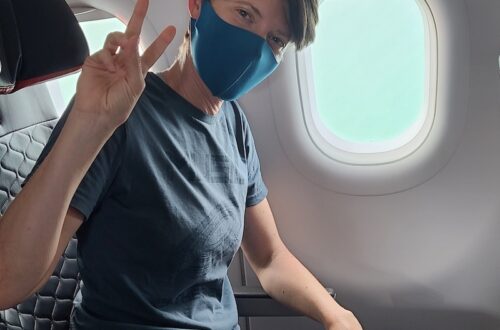
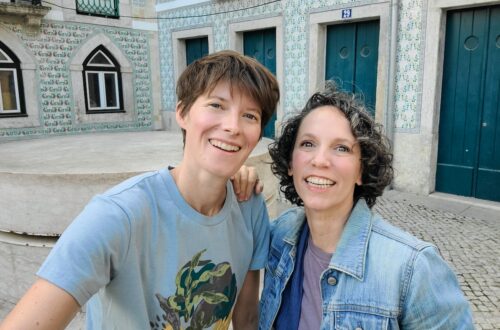
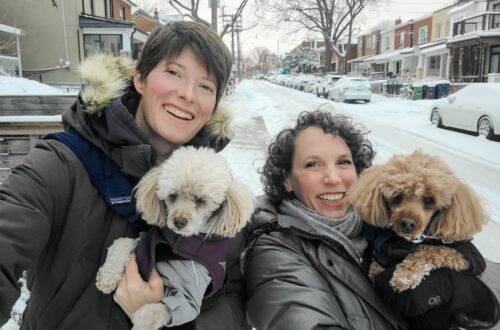
2 Comments
Jason Hull
We stayed one block south of where you were when we stayed in Medellín, and we felt the same way you did regarding the income disparities and that heightened sense of awareness. We loved Laureles and everyone we met, but many locals kept warning us about safety, which threw us off. We did go to the best mall we’ve ever seen there, but, until security gets a bit better and the income disparities aren’t so large, we’ll pass. It’s too bad, because, otherwise, it checked nearly every box for us. We’re currently in Palermo SoHo in Buenos Aires, and we get a similar vibe as Laureles (we both separately made that observation), minus as many safety concerns.
Our Freedom Years
It’s reassuring to hear that you had the same reaction as we did to Medellin. It’s certainly a popular destination but not one that we would personally recommend — except to people who truly enjoy a lively urban experience. Generally we’re finding that we gravitate to smaller urban centres. They may not offer the same wide range of dining and shopping opportunities but at least it’s nice to have a leisurely stroll with our dogs and not have to be on our guard the whole time.😂